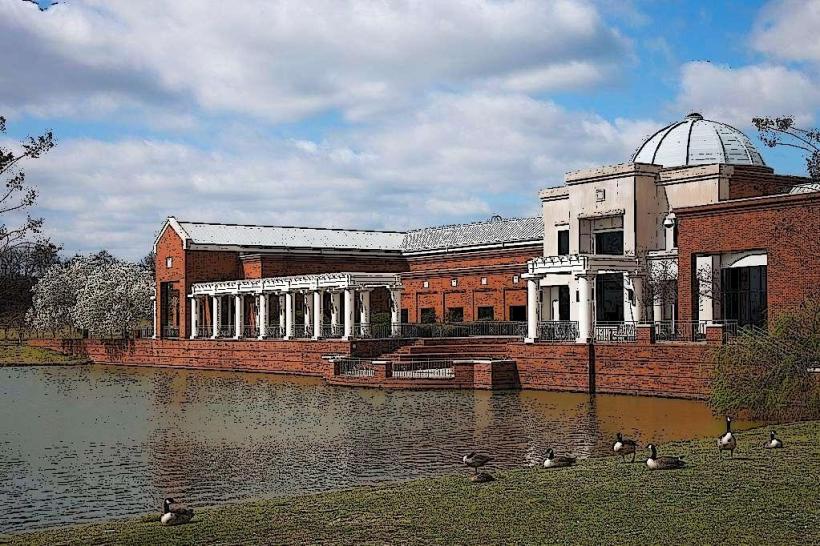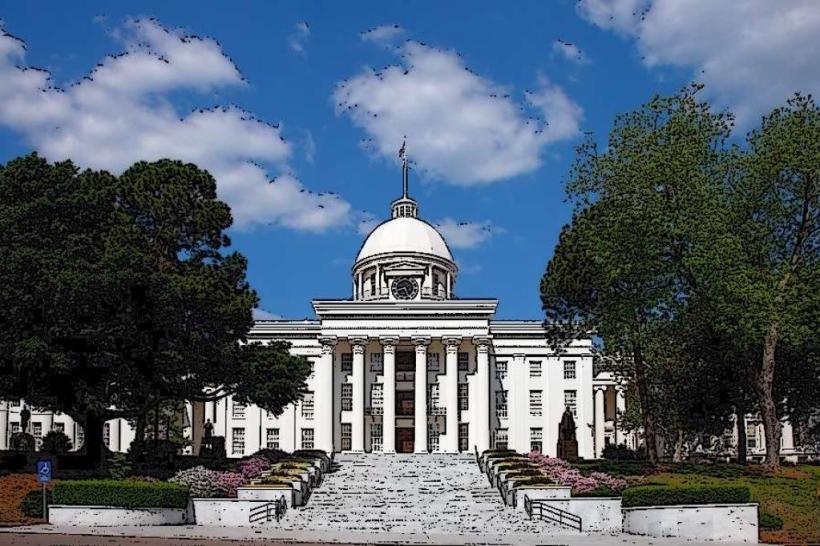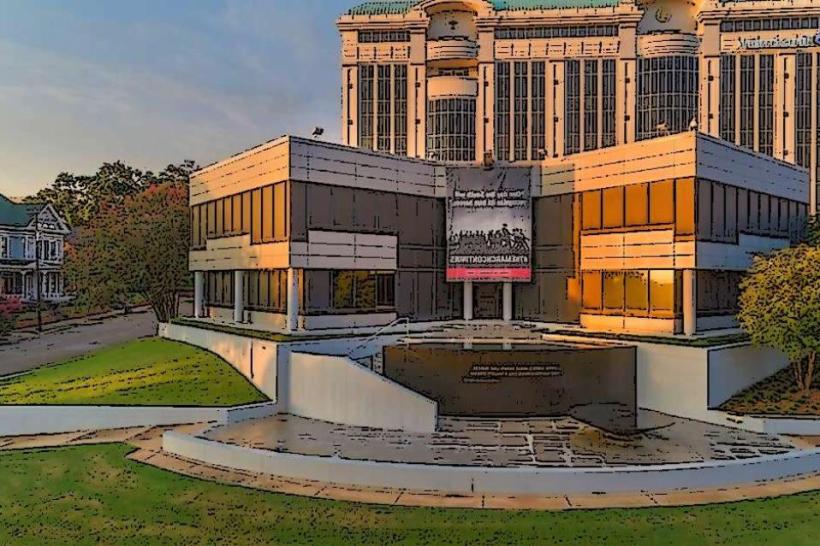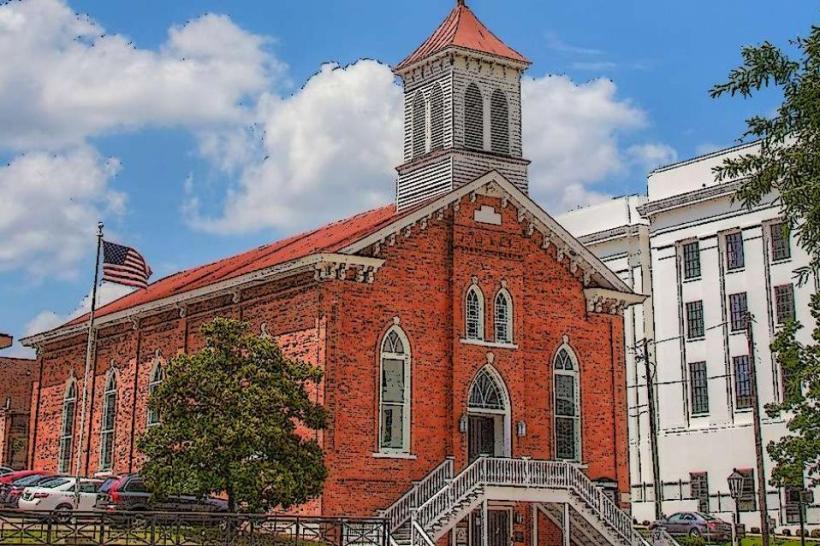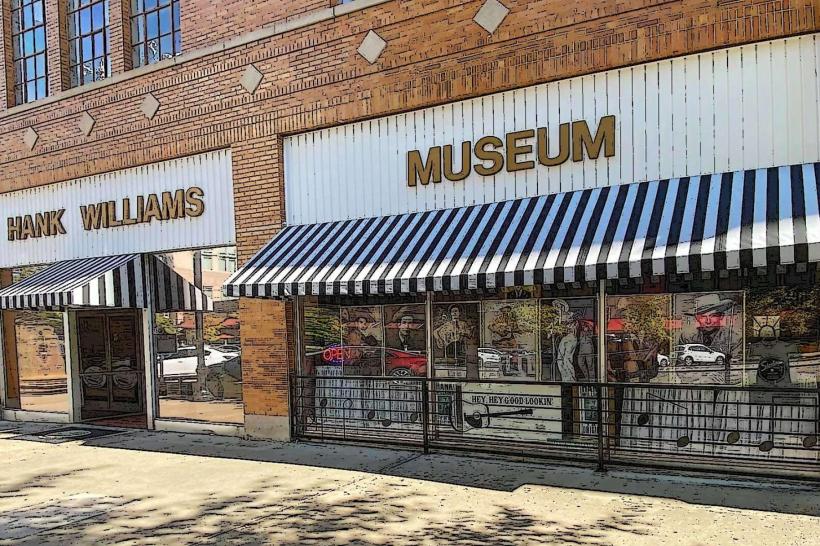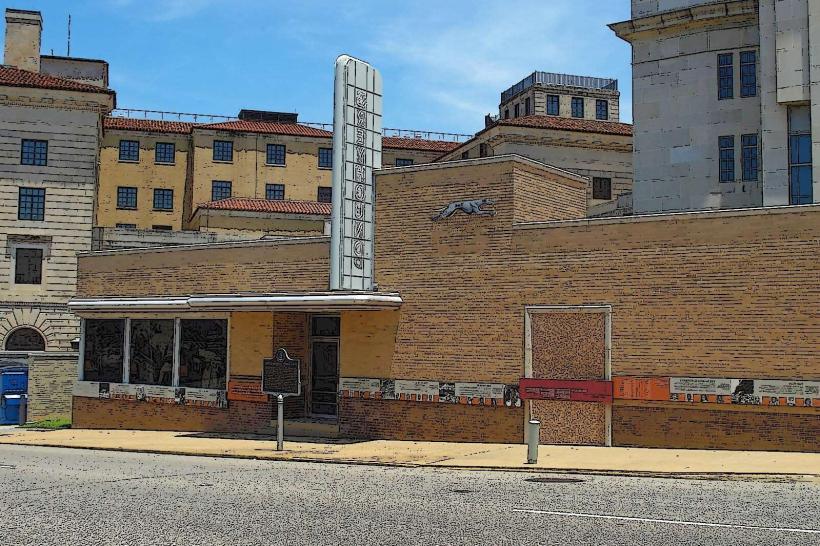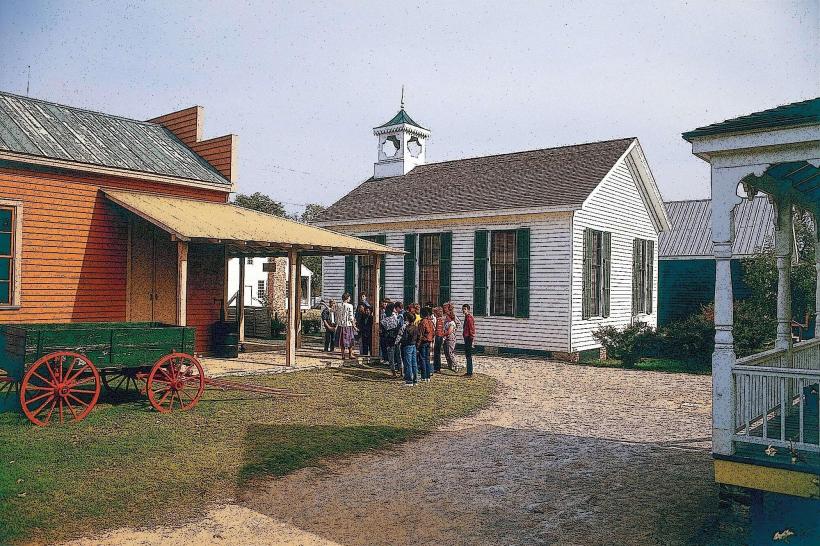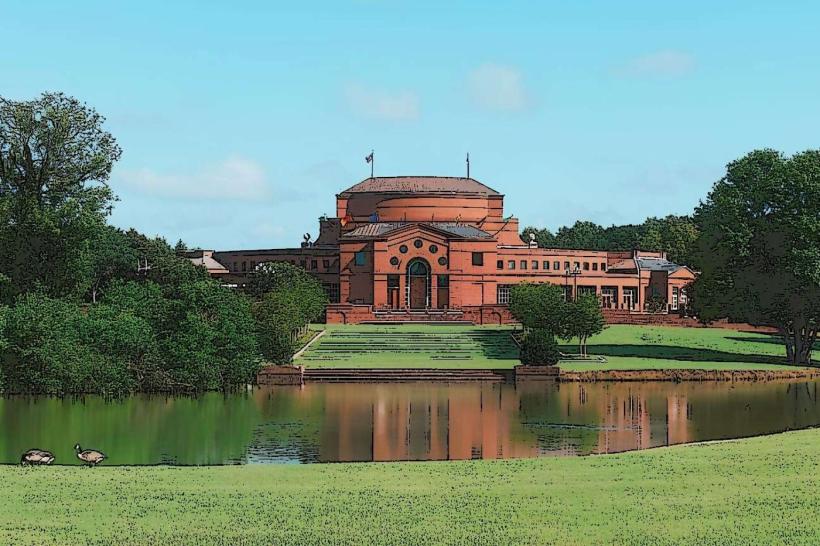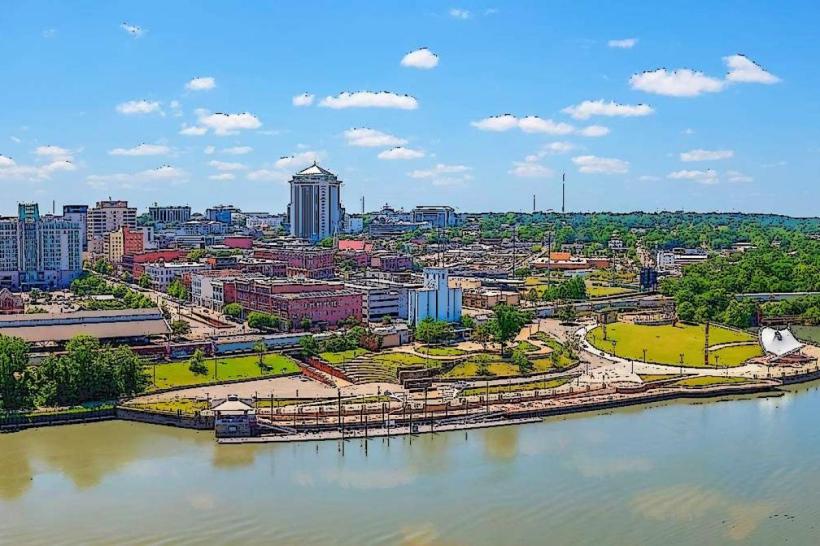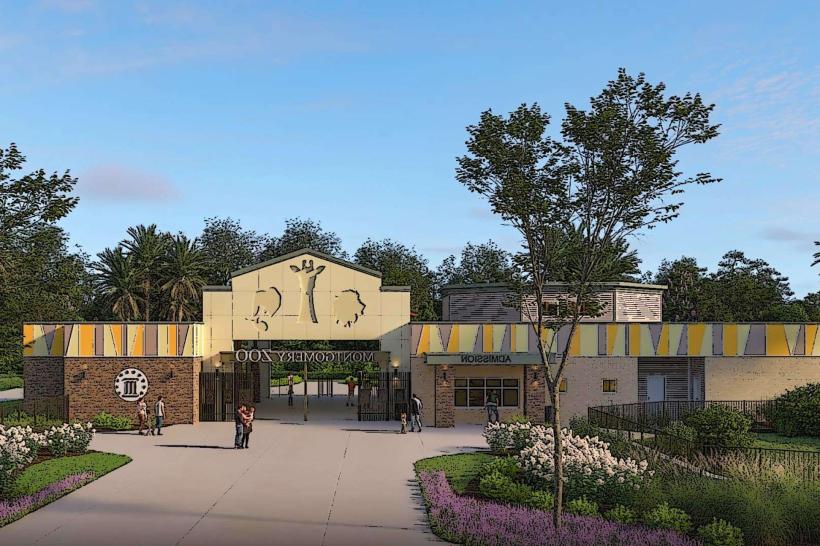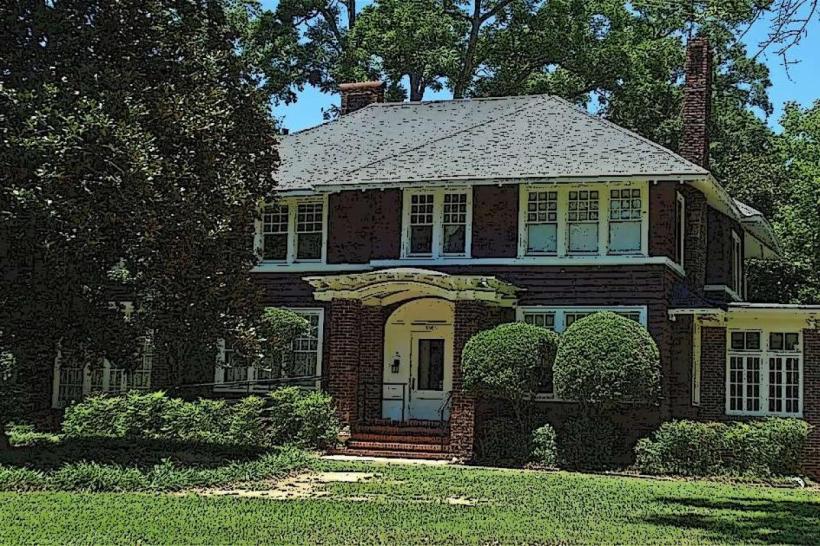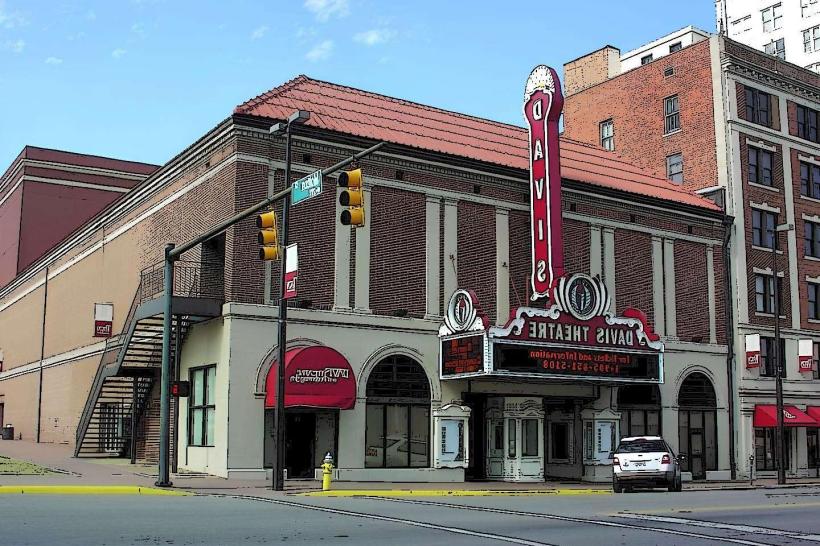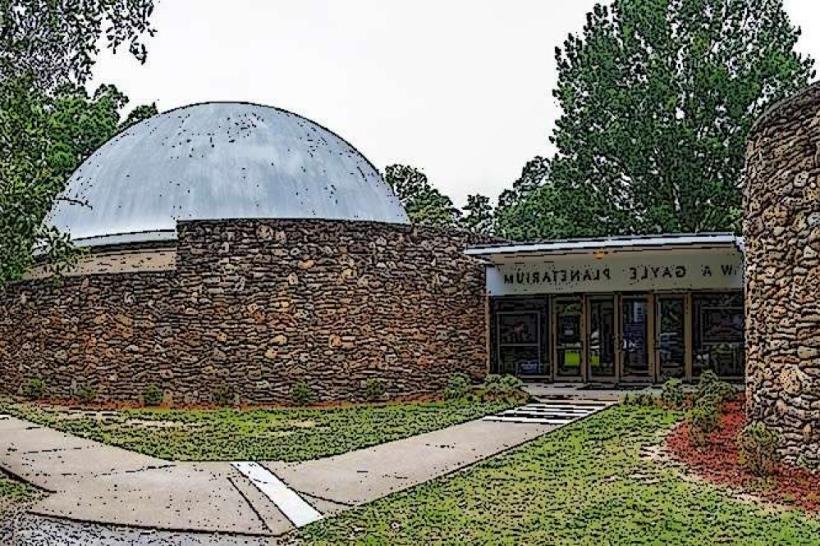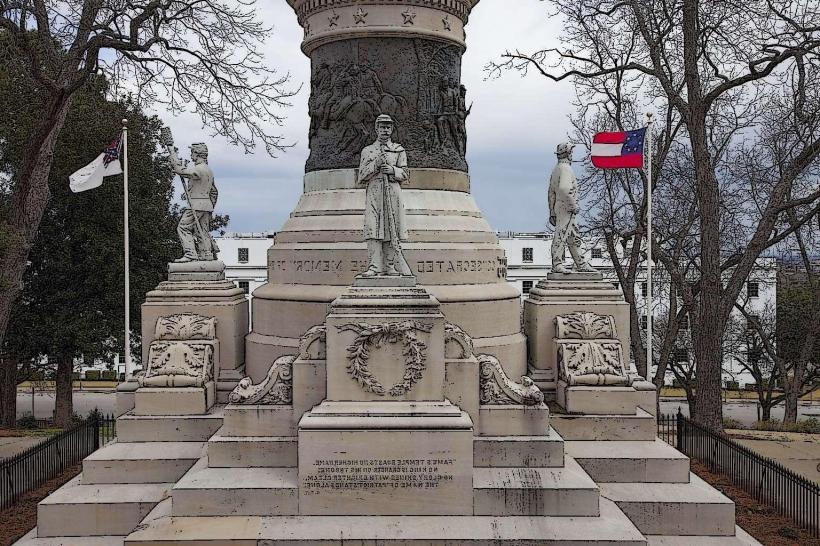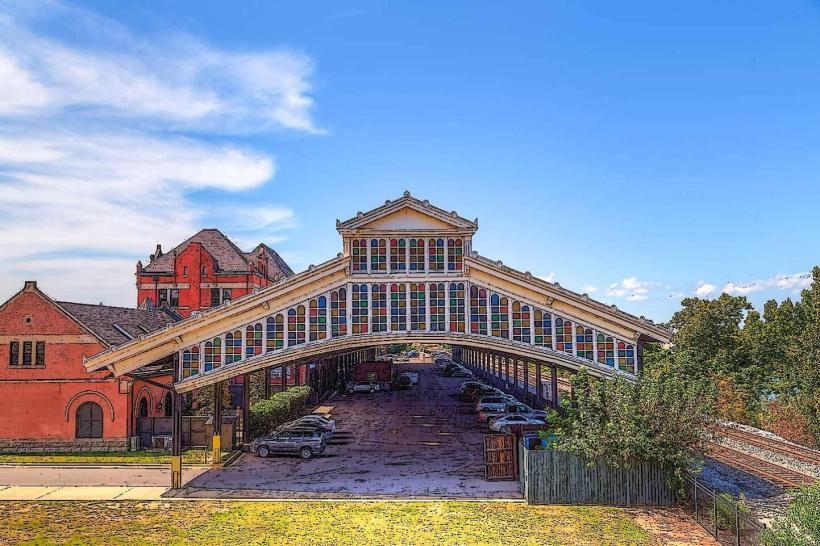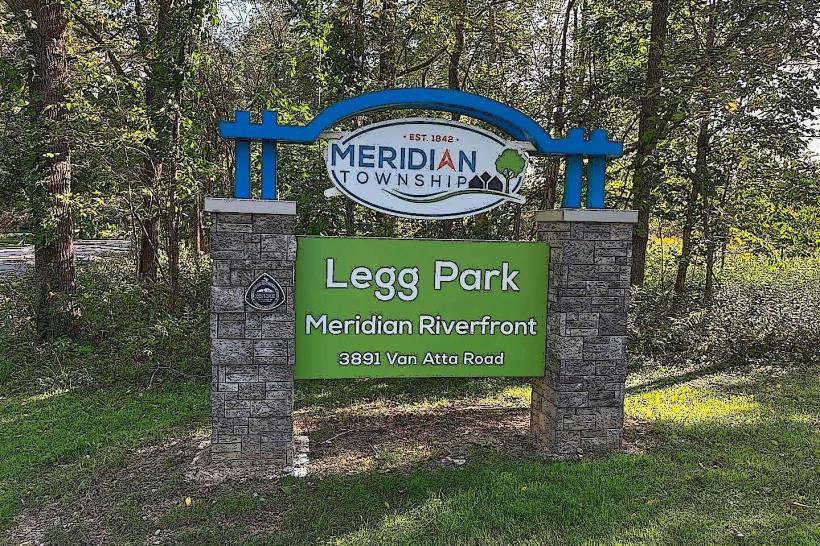Information
Landmark: Old City CemeteryCity: Montgomery
Country: USA Alabama
Continent: North America
Old City Cemetery, Montgomery, USA Alabama, North America
Montgomery’s Old City Cemetery is one of the city’s most historic and evocative landmarks, serving both as a burial ground and as an open-air chronicle of the city’s past. Established in 1820, it is the oldest surviving cemetery in Montgomery and lies just a short distance from downtown. Far more than a resting place, it is a reflection of the social, cultural, and political history of Alabama’s capital.
Layout and Setting
The cemetery occupies several acres, enclosed by old brick walls and shaded by mature oaks, magnolias, and cedars. Its winding paths lead visitors through rows of 19th- and early 20th-century headstones, vaults, and monuments. Many gravestones are hand-carved and weathered, giving the grounds a distinctly historic atmosphere. Ornamental ironwork, family plots, and symbolic funerary art-such as urns, angels, and obelisks-add layers of meaning to the landscape.
Historical Significance
Old City Cemetery offers a direct link to Montgomery’s early years. Founded just one year after the city was incorporated, it quickly became the main burial place for civic leaders, soldiers, clergy, and families. Its grounds include graves tied to key chapters of Alabama and American history:
Civil War Burials: Numerous Confederate soldiers and civilians are interred here, reflecting Montgomery’s role as the first capital of the Confederacy.
Notable Citizens: Politicians, clergy, educators, and local leaders who shaped Montgomery’s growth are buried in marked and sometimes elaborate plots.
Religious Figures: Ministers and missionaries, representing Montgomery’s strong church tradition, are also prominent.
Common Citizens: Alongside the prominent, ordinary townspeople were laid to rest here, giving the cemetery a cross-section of the city’s society.
Chapel and Memorials
Within the grounds stands the Chapel in the Pines, originally built in the late 1800s as part of the cemetery’s function and later restored as a memorial chapel. It provides a focal point for tours and occasional services. Monuments and memorial markers throughout the cemetery commemorate individuals and families, some telling poignant stories of loss during epidemics or war.
Cultural and Educational Role
Today, Old City Cemetery serves as both a historic site and an outdoor museum of funerary art and genealogy. Guided tours, especially around Halloween or during heritage events, often highlight the symbolism of grave markers, the lives of the individuals buried there, and the cemetery’s place in Montgomery’s broader history. For historians, genealogists, and educators, it is a valuable resource that preserves tangible links to the city’s origins.
Atmosphere and Visitor Experience
Walking through Old City Cemetery is a reflective experience. The quiet, shaded grounds feel removed from the modern bustle of Montgomery, yet they are located near the heart of the city. The mix of grand family vaults and modest headstones creates a layered picture of the community’s past. Visitors often describe it as a space of both solemnity and beauty, where history feels immediate and personal.
Preservation and Legacy
Efforts have been made over the decades to maintain the cemetery, as weathering, neglect, and urban development once threatened its condition. Today, preservation groups and local historians emphasize its importance as one of Montgomery’s most significant heritage sites.
The Old City Cemetery stands as a reminder of Montgomery’s earliest days, its struggles, and its transformations. It preserves the stories of people who shaped the city-famous and unknown alike-and offers modern visitors a space to connect directly with the lives and times of Alabama’s past.

